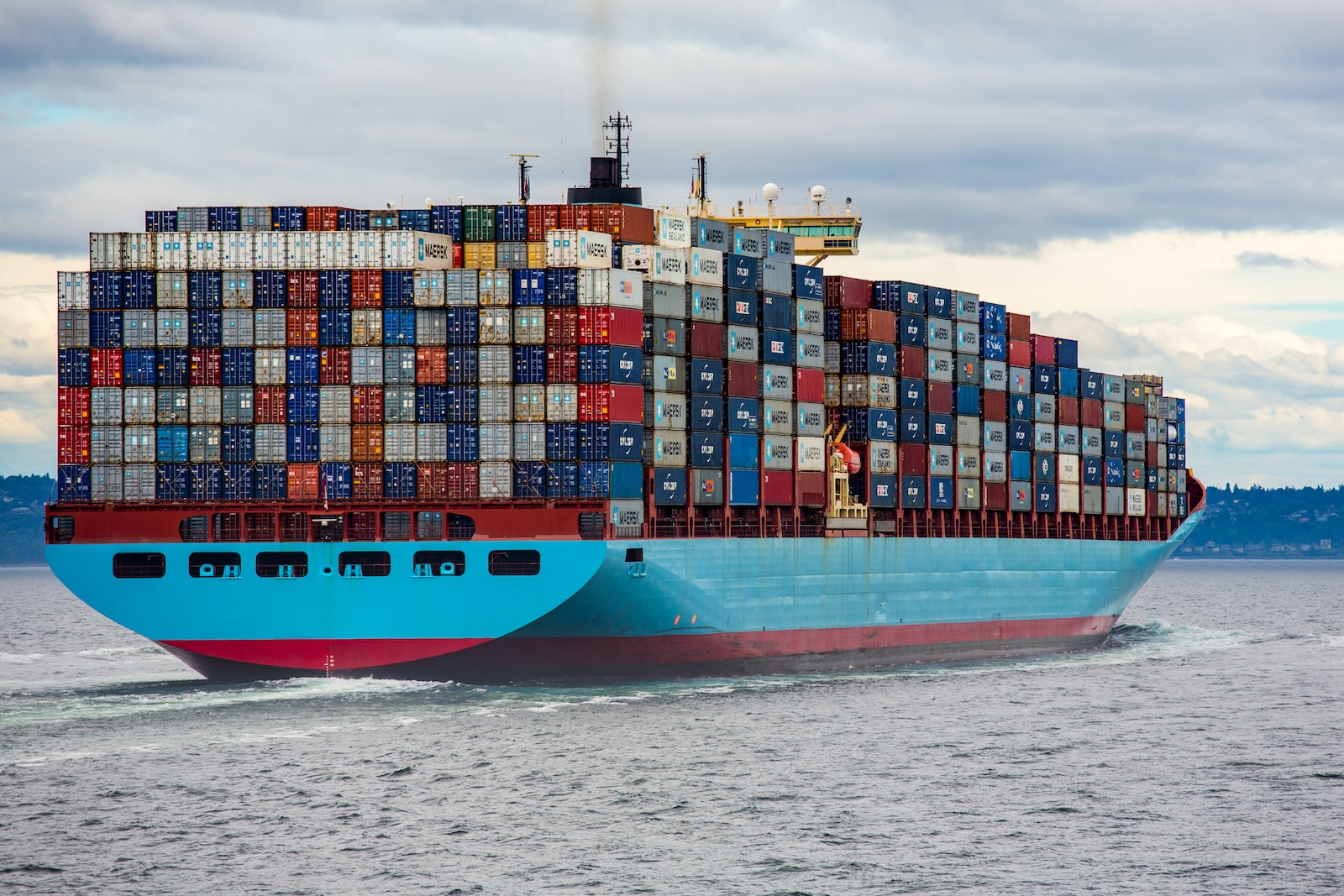Vessel Data API: Most Common Uses Cases In 2023
Would you like to use a vessel data API? Well, in that case, you should use this awesome API! We are sure that it will be very useful for you! In fact, this API has many uses. Are you interested in knowing more? Well, read this post to find all the details of this API!
Vessels are a type of vessel used to transport people, goods, and/or equipment across the water. The term “ship” generally refers to ships of large size and capacity, such as cargo ships, tankers, warships, cruise ships, and ocean liners. Ships are built for a variety of purposes, such as bulk cargo transportation, scientific exploration, oceanographic research, commercial fishing, tourism, and passenger transportation.
The vessels are designed to operate in different types of waters, from coastal waters and rivers to deep waters and oceans. They can also be powered by different types of engines, such as diesel engines, steam turbines, or electric motors. Ships have a number of systems on board that allow them to operate safely and efficiently, including navigation systems, communication systems, propulsion systems, refrigeration systems, and power supply systems.
However, it is also important to use a vessel data API. Many people and companies need to know where their vessels are. If you want to find out more information about the location of a vessel and obtain other details, then use the Vessel Traffic Information API! It is the best option of all!
Most Common Uses Cases of Vessel Traffic Information API
These are the main benefits of using the Vessel Traffic Information API:
1. Automated Vessel Tracking: Automated vessel tracking systems use the Vessel Traffic Information API to provide real-time tracking and monitoring of vessels in ports and on the open ocean. This data can be used to improve safety, reduce costs, and increase efficiency.
2. Fleet Management: The API can be used to manage fleets of vessels, including tracking their locations and monitoring their performance. This data can be used to optimize routes and make informed decisions about fleet operations.
3. Maritime Security: the Vessel Traffic Information API can be used to provide maritime security services, such as identifying suspicious vessels and tracking them in real time. This data can help protect ports and waterways from potential threats.
4. Environmental Monitoring: Vessel Traffic Information API can be used to monitor environmental conditions in ports and on the open ocean. This data can be used to identify areas of pollution or other environmental risks that need to be addressed.
5. Maritime Logistics: This Vessel Data API can be used to optimize logistics for shipping operations, including scheduling arrivals and departures, routing vessels, and managing inventory levels. This data can help reduce costs and increase efficiency for maritime logistics operations.
How to start using this API!
1. Go to the Zyla API Hub. It is an API marketplace. Register and confirm your account. You will receive an email with a link to confirm.
2. Select one of the 3 available plans and make the purchase.
3. Choose the endpoint you want to use: GET VESSEL DATA BY SHIP ID, GET VESSELS BY GEO LOCATION, and GET VESSEL DATA BY SHIP NAME.
4. Complete the required data and make the API call. Vessel Traffic Information API will give you the information in just seconds!



